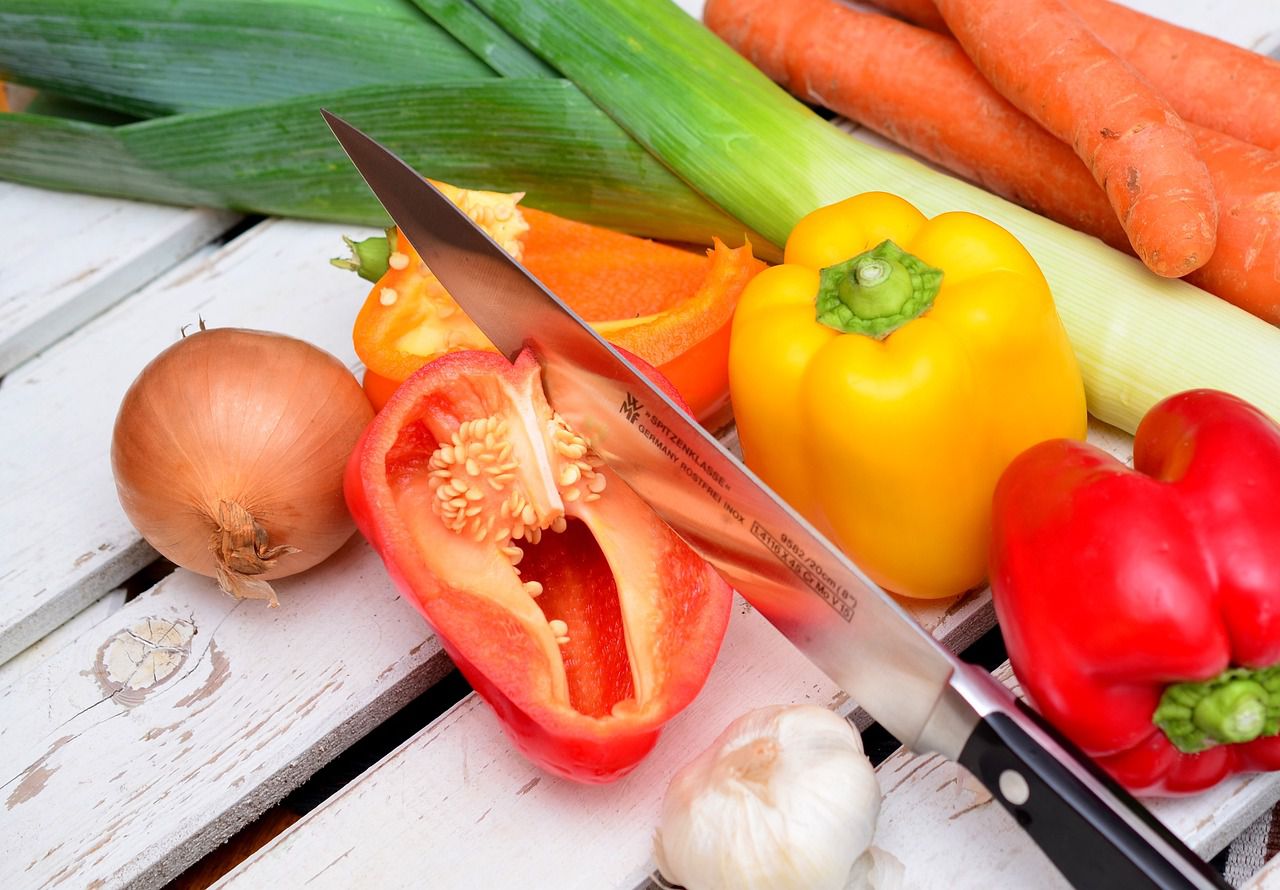You can grow amazing vegetables in your garden - isn't it great?
Growing bell peppers that are tastier than those found in a supermarket involves careful cultivation and attention to various factors that influence flavor, such as soil quality, growing conditions, and harvesting timing.
Here's how you can enhance the flavor of your homegrown bell peppers.
Choose the Right Variety
Select pepper varieties known for their flavor. Some heirloom and specialty varieties are prized for their exceptional taste.
Consider options like "Sweet Chocolate," "Jimmy Nardello," or "Gypsy" peppers.

Start with Good Soil
Bell peppers thrive in well-draining, nutrient-rich soil.
Prepare the soil by adding organic matter like compost or well-rotted manure.
A balanced pH level around 6.0 to 6.8 is optimal for pepper growth.
Provide Adequate Sunlight
Bell peppers require plenty of sunlight to develop their best flavors.
Choose a sunny location in your garden that receives at least 6 to 8 hours of direct sunlight daily.
Proper Watering
Maintain consistent soil moisture to avoid extremes of drought or waterlogging.
Use a soaker hose or drip irrigation to water peppers at the base to prevent foliage from getting wet, which can lead to disease.
Fertilization
Use a balanced, slow-release fertilizer or incorporate well-balanced organic fertilizers into the soil before planting.
Avoid over-fertilization, as excessive nitrogen can lead to lush foliage but fewer fruits.
Supportive Structures
As the plants grow, provide support to prevent branches from breaking under the weight of developing peppers.
Staking or using cages will help keep the plant upright and ensure even ripening.









